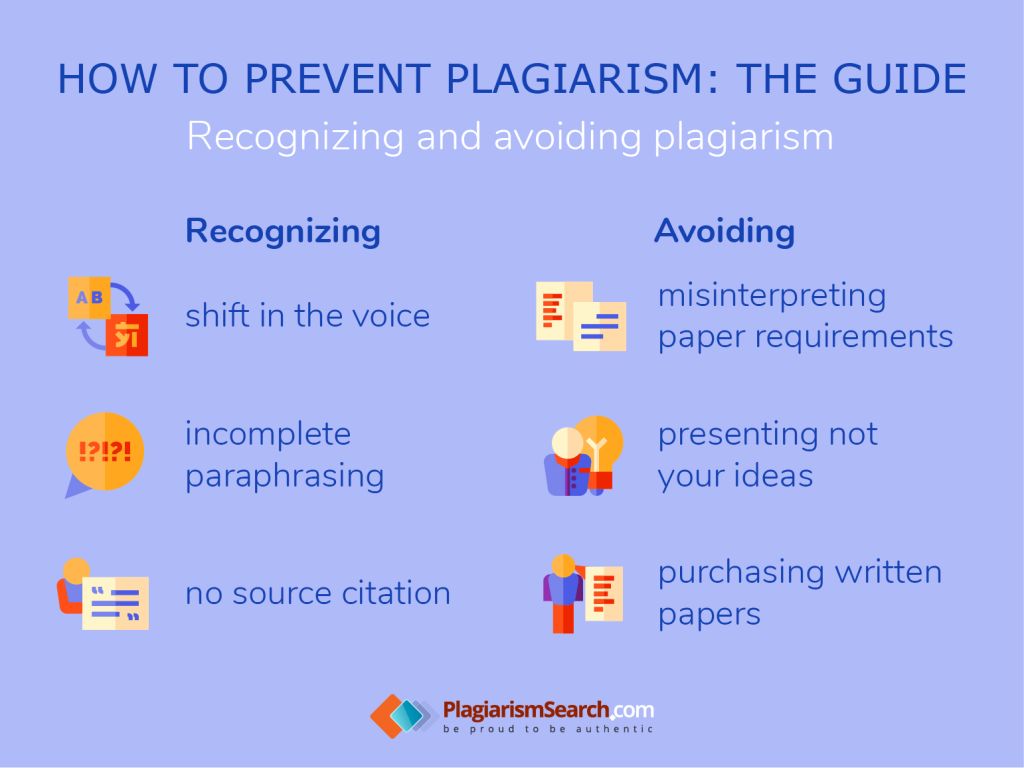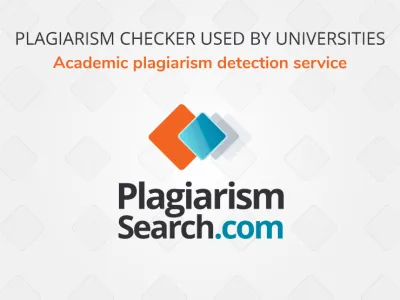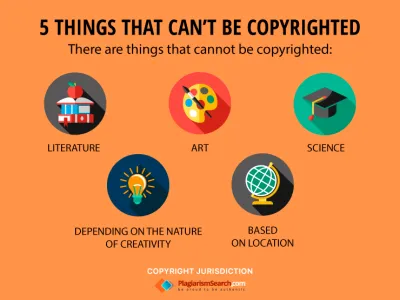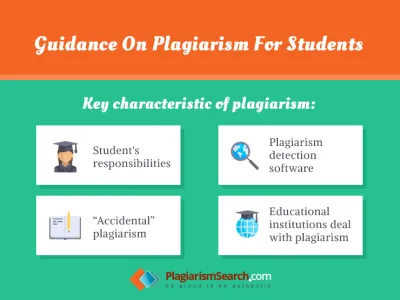
Student’s Guide: How to Prevent Plagiarism
Each and every student is aware of the severe consequences plagiarism can bring about. The main question, upon discovering an unoriginal work, is: was the plagiarism intentional or accidental? If your piece of writing contains plagiarism, be ready to face the consequences presented in the University Judicial System Section of the Millikin Student Handbook. For further information or in case of any misunderstanding, contact your professor or librarian.
Before talking about preventing plagiarism, let’s define what it actually is. The most insightful definition could be found in the dictionary. Merriam-Webster Dictionary defines plagiarism as “using ideas of another person without giving credits to the source; stealing and passing off the ideas as one’s own.”
Nonetheless, the books on writing research papers generally include the section about plagiarism. There you can find a definition of the plagiarism and how to cite sources properly in order not to be accused of stealing other’s ideas. To cut a long story short, you may find the following definitions in all guides to academic writing:
a) A research paper involves the assimilation of prior researches and demands crediting sources from which either ideas or words were taken. The failure to give proper acknowledgment is considered to be plagiarism.
Turabian, Kate. L. A Manual for Writers of Term Papers, Theses, and Dissertations, sixth edition, University of Chicago Press, Chicago, 1996.
b) The act of using another person’s expressions, ideas, or thoughts in writing without mentioning the source means plagiarism. Moreover, plagiarism is considered to be an intellectual theft which is an ethical and moral offense and a so-called “sin” in the academic world. In most cases, it is not a legal offense as far as generally it is not connected to copyright infringement.
Gibaldi, Joseph, MLA Handbook for Writers of Research Papers. 5th ed. Modern Language Association of America, New York, 1999.
c) Intentionally or unintentionally presenting the ideas or words of another person as your own.
Any other book, guide, or source.
As you already got from the above-provided definitions, plagiarism is cheating. It could be put in any other words, but the essence is the same anyway. Some notable examples of plagiarism include:
Returning to preventing plagiarism, there are several hints that will improve your piece of writing.
- Assignment
- Structure
- Ideas
- Citing
- Detecting Plagiarism
Before writing even a word or just creating an empty file, understand the task given to you. Find out whether you are allowed to use outside sources and whether there are any sources or websites you should refer to at any rate. Besides, if you want to use any additional material, ask your professor whether it is considered to be legitimate or not.
It might sound ridiculous, but the truth is that structuring your writing helps to avoid plagiarism. For instance, you can evolve your narrative writing in the chronological order (sequence of events) or outline your paper according to the topics or subtopics of the discussion.
The demand for original content is strong. It does not mean that you are strictly prohibited to implement the ideas from other sources. Moreover, you are encouraged to refer to the expert’s opinion to support your point of view. Just make sure that besides the expert’s opinion, you give a fresh perspective and explain why you agree or disagree with it.
I am inclined to believe that every one of you already knows the importance of citing sources properly. I would like to remind you to mention secondary sources, such as lectures, websites, or even the Wikipedia.
Apparently, you got used to editing and proofreading your paper after its completion. Hence, you should also keep in mind that it is essential to use plagiarism checker before submitting the written work. After receiving the checker’s report, you will know the originality rate and whether you need to revise the paper one more time or not.
Good luck with your strivings to produce authentic papers. Remember, we search for plagiarism and we find it, so you’d better join us!



